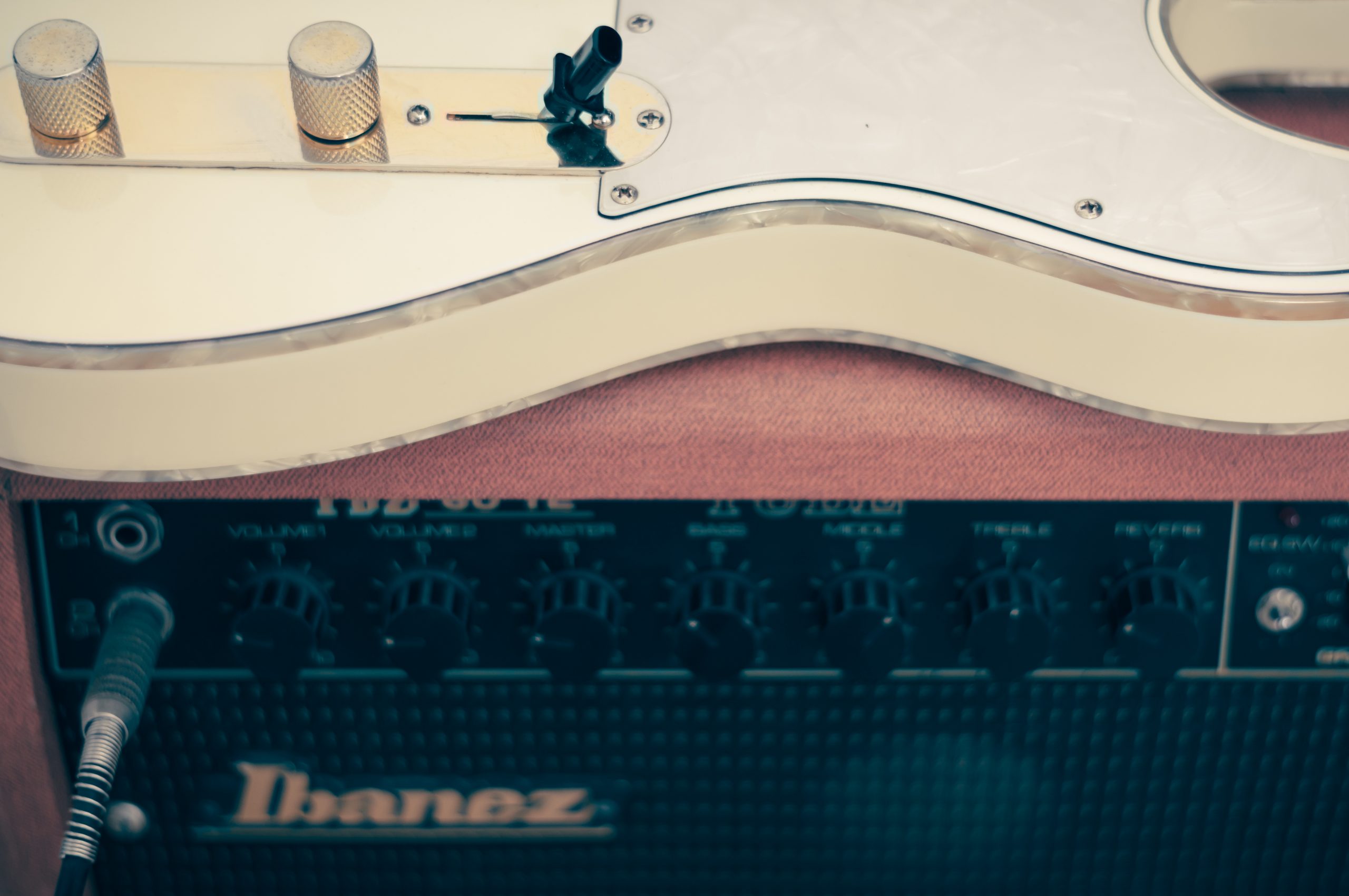I like to experiment with permutations of scales and intervals in order to come up with sequences that are unique to the guitar, and therefore a powerful resource for creating ear-catching sounds you don’t hear in most people’s playing. For this post I was inspired by a track from an early Satch album called, ‘The Enigmatic’, where he just takes the enigmatic scale (1, b2, 3, #4, #5, #6, 7) and makes a piece of music out of it. I imagine he just worked out where all the notes in the scale fell on the guitar neck, drew a diagram and went from there. This is a similar idea, but we’re going to break the scale down and see what more we can extract from it to get those creative juices flowing.
Be Enigmatic
Here’s the Enigmatic Scale in Eb. As you can see it contains the intervals 1, b2, 3, #4, #5, #6, and 7, which is an odd collection to say the least, but this is what gives the scale its distinctive sound.

The interesting thing about the scale in Eb is that all the open strings are fair game, which means all the harmonics at the 12th fret are too, as well as most of those at the 5th and 7th frets. If you’re noodling and run out of ideas, just hit an open string to keep going.
First Things First
The first thing you should do with any new scale, sound (or theory concept) is to really listen and learn to recognize that sound. A lot of guitarists dive into complex theory and completely disregard the sound of what they’re learning, which leads to not being able to use the very thing you spend hours or even days learning! Use the shape below and tune your low E string down a semi-tone to Eb, so that you have a temporary drone, or use a looper pedal if you have one.

You might want to venture into the next octave to really appreciate the sound of the 4 semi-tones in a row.
Next Up: Power Chords
The next thing you should do with a new scale, especially an exotic on like this, is locate all the power chords or 5 chords (1, 5) that are available. In Eb Enigmatic you have some classic power chords available such as E5, A5, G5, and D5, plus some b5 power chords (1, b5). Now you know that you can solo over these power chords with Eb Enigmatic!
The Familiar
Take another look at the diagram.

This time you’re looking for familiar chords you know. What chords can you see in this diagram? I can see an A Major, a B9, a B7#9, an A7, a G Major, a Gmajb5, an Em chord, and so on. How many can you see?
The Unknown
Venturing into the unknown means coming up with your own chord shapes. Simply take any group or cluster of three, four or even five notes from the diagram and make chords. It’s not necessary to name them at this point as they’ll be easy for you to remember because YOU found them—no one showed them to you. See what you can come up with.
Putting It All Together
You now have a selection of approaches or tools with which to go at the Enigmatic scale, or any other exotic scale you like the sound of.



